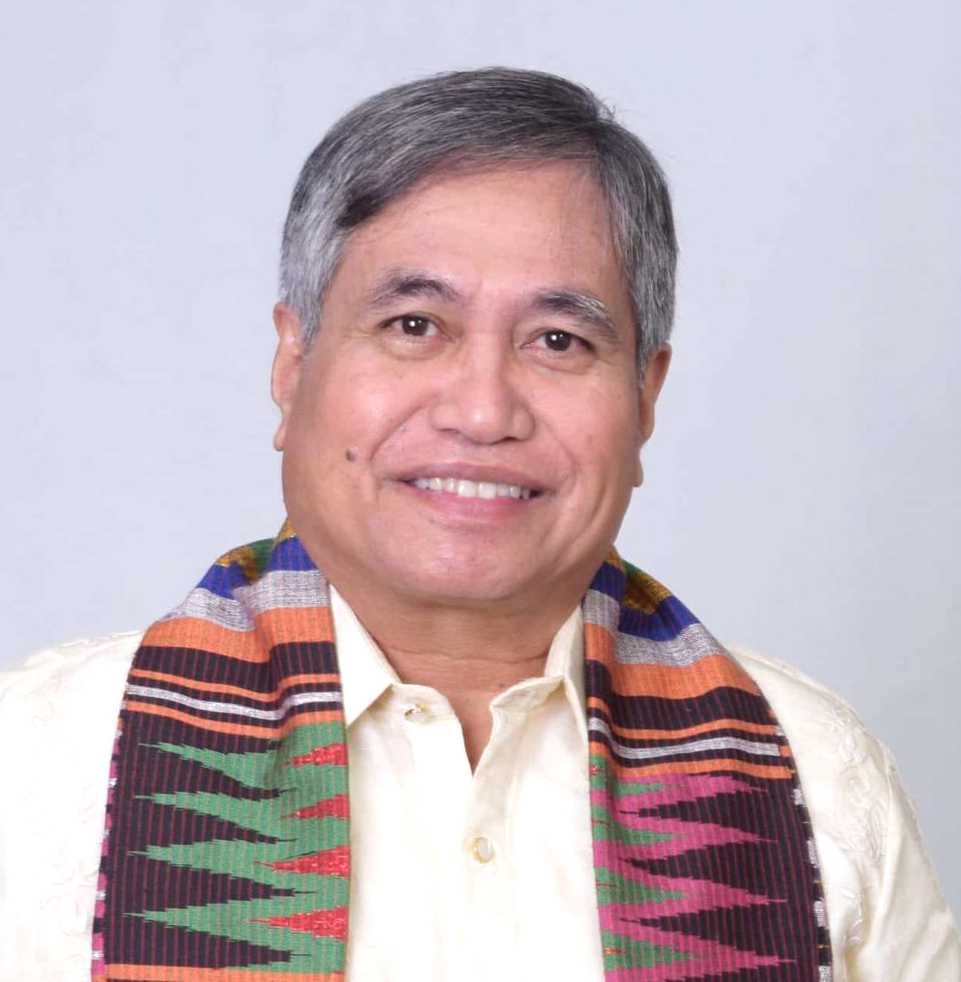FROM THE MARGINS

I am a proud citizen of San Pablo City, Laguna, one of the oldest cities in the Philippines. San Pablo’s historical records date back to pre-Spanish times, from the village of “Sampaloc” which later became the town of “San Pablo de los Montes” – named after its patron, Saint Paul the First Hermit. San Pablo is also known as the “City of Seven Lakes” because it has seven volcanic crater lakes scattered around the city: Sampaloc, Palakpakin, Bunot, Pandin, Yambo, Muhikap, and Calibato. Nestled in the foothills of Mt. Banahaw, Mt. Makiling, and the Sierra Madre Mountains, San Pablo is a delightful eco-tourism hub, rich in culture and history. Primarily agricultural, the city’s main product is coconut.
We celebrate today the Feast Day of St. Paul, our patron saint. We are also holding the “Coconut Festival” to showcase our cultural heritage. Since 1996, this week-long festival has been a major tourist attraction, with coconut-themed trade fairs, food and drink expos, and contests like cooking, painting, bonsai-growing, and battle of the bands. There is also street dancing, search for Binibining San Pablo and other events that celebrate the culture and traditions of the San Pableños.
Where it all began
I grew up with many happy memories of San Pablo. It is also where my desire to work on poverty alleviation developed. We used to have a thriving coconut industry. San Pablo was home to the biggest coconut manufacturing factory in the Far East – the Franklin Baker Company – which provided livelihood to many San Pableños. Coconut farmers, often small landholders, sold their harvests to Franklin (as it was commonly called). Landless workers worked on several coconut plantations as magkakawit, maghahakot, magkakabayo at magtatapas. Franklin also employed many factory workers from surrounding communities.
The Philippine coconut industry began declining in the 1980s. Aside from international competition, coconut production slowed down due to many factors: aging trees, pests and diseases, and adverse weather conditions. Many coconut trees were cut down for lumber or to give way to subdivisions to meet increased demand for housing. Landless coconut workers, already poor, became even poorer. The reduction of Franklin’s operations in San Pablo had a deleterious impact on the local economy.
In 1986, together with other rural development workers, I started the Center for Agriculture and Rural Development (CARD), a microfinance non-government organization that aimed to provide livelihood to landless coconut workers and poor families in San Pablo. After 37 years, CARD has become one of the biggest microfinance organizations in the Philippines, with allied institutions that include microfinance-oriented banks, microinsurance companies, a pharmacy and other social development enterprises.
Microfinance in San Pablo
Many microfinance institutions (MFIs) are now operating in San Pablo. Aside from CARD, we have the Negros Women for Tomorrow Foundation (NWTF), ASA Philippines, Kabalikat para sa Maunlad na Buhay, Inc. (KMBI), and Tulay sa Pag-unlad, Inc. (TSPI), among others. These institutions coordinate their programs through the Microfinance Council of the Philippines, Inc. (MCPI), to ensure that there will be no duplication of roles, overcrowding, or credit pollution.
These MFIs are giving financial and other social development services to the poorest of the poor in our city. They provide livelihood and support micro-small-and-medium enterprises (MSMEs), helping their primarily women clients lift their families from the clutches of poverty. I remember, for instance, four of our oldest microfinance clients in San Pablo: Nemia Endrinal, from Sta Cruz Putol, Emelda Hernandez from San Gabriel, Bibiana Gesmundo from Barangay San Miguel, and Remedios Pojas from San Gabriel (who became the first center chief). These pioneering women overcame a lot of difficulties -- from unemployment to death of husbands and children, to devastating losses due to calamities. With access to microfinance, training, and business development services, they were able to support their families, run businesses, build their homes, and send their children to school. Most of their children graduated from college and are now gainfully employed. These women serve as leaders and beacons of hope in their communities.
Winds of change
While still largely residential and agricultural, San Pablo is fast-becoming a city of trade and commerce. More and more businesses, especially MSMEs, are being put up. The city is now home to shopping malls, like SM City, Ultimart, Puregold and others. Many car manufacturers have showrooms and servicing centers in San Pablo. There are also a lot of schools, colleges and learning institutions. Thus, business process outsourcing (BPO) companies are seriously looking at developing the city into the information and communication technology (ICT) hub of Southern Luzon.
Eco-tourism is also growing. While the seven lakes continue to provide livelihood, leisure, and respite for San Pableños, resorts, hotels, and restaurants are also sprouting. While I welcome the winds of change, I hope San Pablo City will keep its warmth and charm.
* * *
“Home is where one starts from.” — T.S. Eliot
(Dr. Jaime Aristotle B. Alip is a poverty eradication advocate. He is the founder of the Center for Agriculture and Rural Development Mutually-Reinforcing Institutions (CARD MRI).)